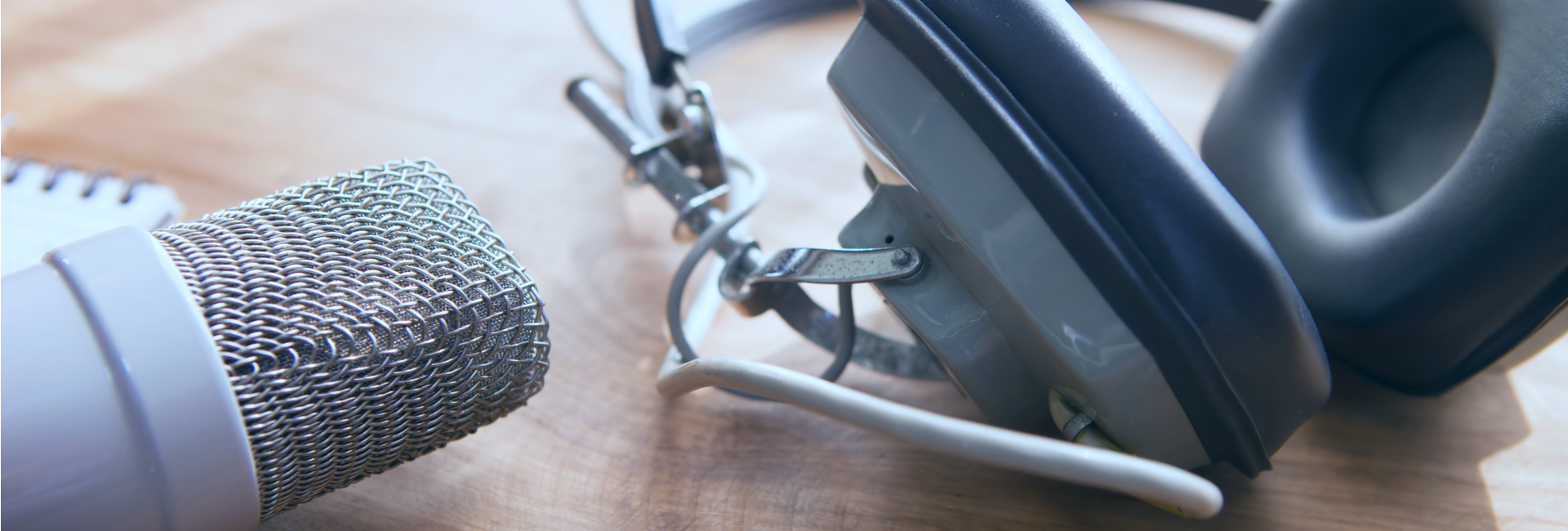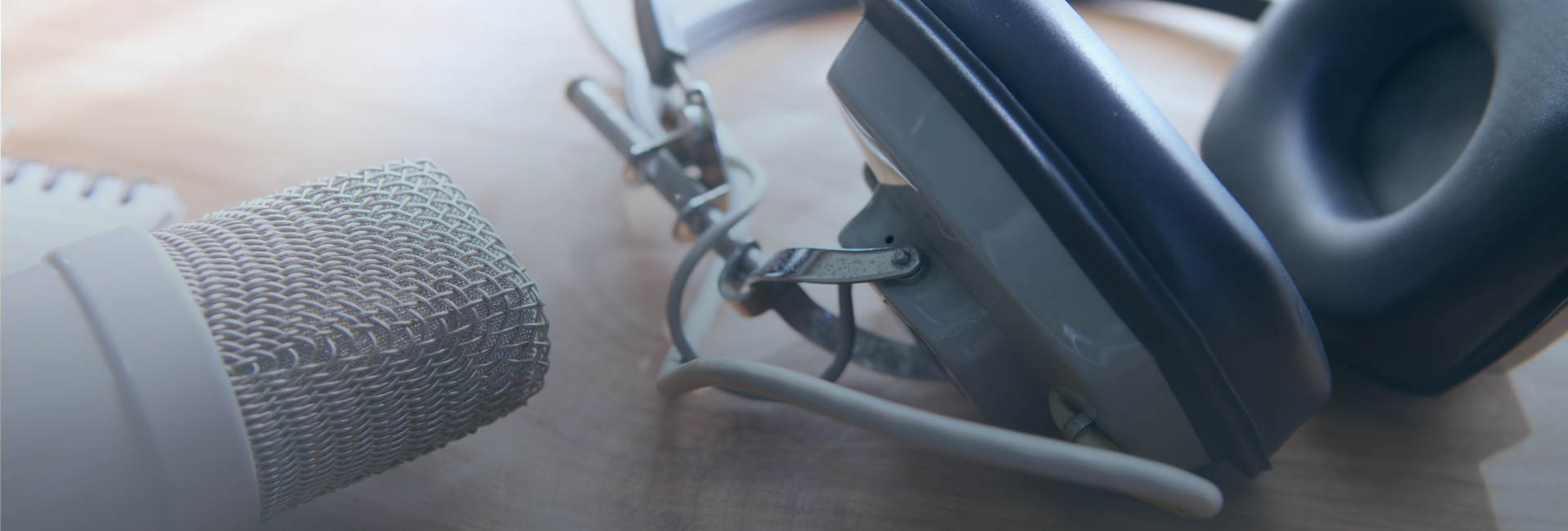Episode 302 | Just Using Inadvertently Photographed Ridge Detail as Evidence
Original Release Date: November 22, 2024
In episode two of our Case Studies season, Just Science sat down with Tim Fayle, Training Capability Lead for IDEMIA Australasia and Chair of the International Association for Identification’s Latent Print Certification Board, to discuss the utility of friction ridge detail inadvertently captured via photographs as a valuable and potentially underutilized type of evidence within a variety of case types.
While the use of latent fingerprints recovered from crime scenes has been established as an important type of forensic evidence for decades, the increasingly widespread use of social media and other digital platforms has contributed to even more opportunities to garner friction ridge detail evidence following a crime. Practitioners and researchers alike have demonstrated the value of utilizing photographs presenting inadvertently captured finger and palm friction ridge detail – obtained via social media posts, other digital forums, and cellphone data – to identify perpetrators and help bring justice to victims. Listen along as Tim describes several cases where inadvertently photographed friction ridge detail was utilized to make an identification to a perpetrator, the various methods and techniques latent print examiners can add to their toolkit to analyze and compare this type of friction ridge detail, and his recommendations for ensuring this type of evidence is not overlooked or underutilized within future cases.
This episode is funded by the National Institute of Justice’s Forensic Technology Center of Excellence (Award No. 15PNIJ-21-GK-02192-MUMU).
Some content in this podcast may be considered sensitive and may evoke emotional responses or may not be appropriate for younger audiences.
Listen/Download at: Apple Podcasts Stitcher Soundcloud Spotify YouTube Podcasts
Related Resources
For latent print examiners interested in receiving a copy of the ‘Digital Friction Ridge Detail Sources’ validation study conducted by the National Crime Agency (NCA) as mentioned during this podcast episode, please send an email request to NCA (identification.bureau@nca.gov.uk).
Episode Citation
Martin, M. & Fayle, T. (2024, November 22). Just Science. Just Using Inadvertently Photographed Ridge Detail as Evidence. [Audio podcast episode]. The Forensic Technology Center of Excellence. https://forensiccoe.org/podcast-2024-case-studies-ep2/
Guest Biography
Tim Fayle is the Training Capability Lead for IDEMIA Australasia. Before this, he was the Fingerprint Identification Director with the Santa Clara County Sheriff’s Office, California and a Crime Scene Officer – Fingerprint Expert with the New South Wales Police Force in Australia. He has over 20 years of experience in forensic science. Tim is an International Association for Identification (IAI) Certified Latent Print Examiner (CLPE) and was certified as an Expert in the Science of Fingerprints by the Australasian Forensic Science Assessment Body in 2009. Tim is currently the Chair of the IAI Latent Print Certification Board (LPCB) and has served on the LPCB since 2015. He has conducted research and presented numerous lectures on the topic of “Social Media Fingerprints (and Other Inadvertently Photographed Ridge Detail).” His research in this domain has been collected into an informative, 8 hour on-demand online training course with guided exercises (approved for IAI Latent Print Certification/Recertification credits), available through the Ron Smith & Associates website.



